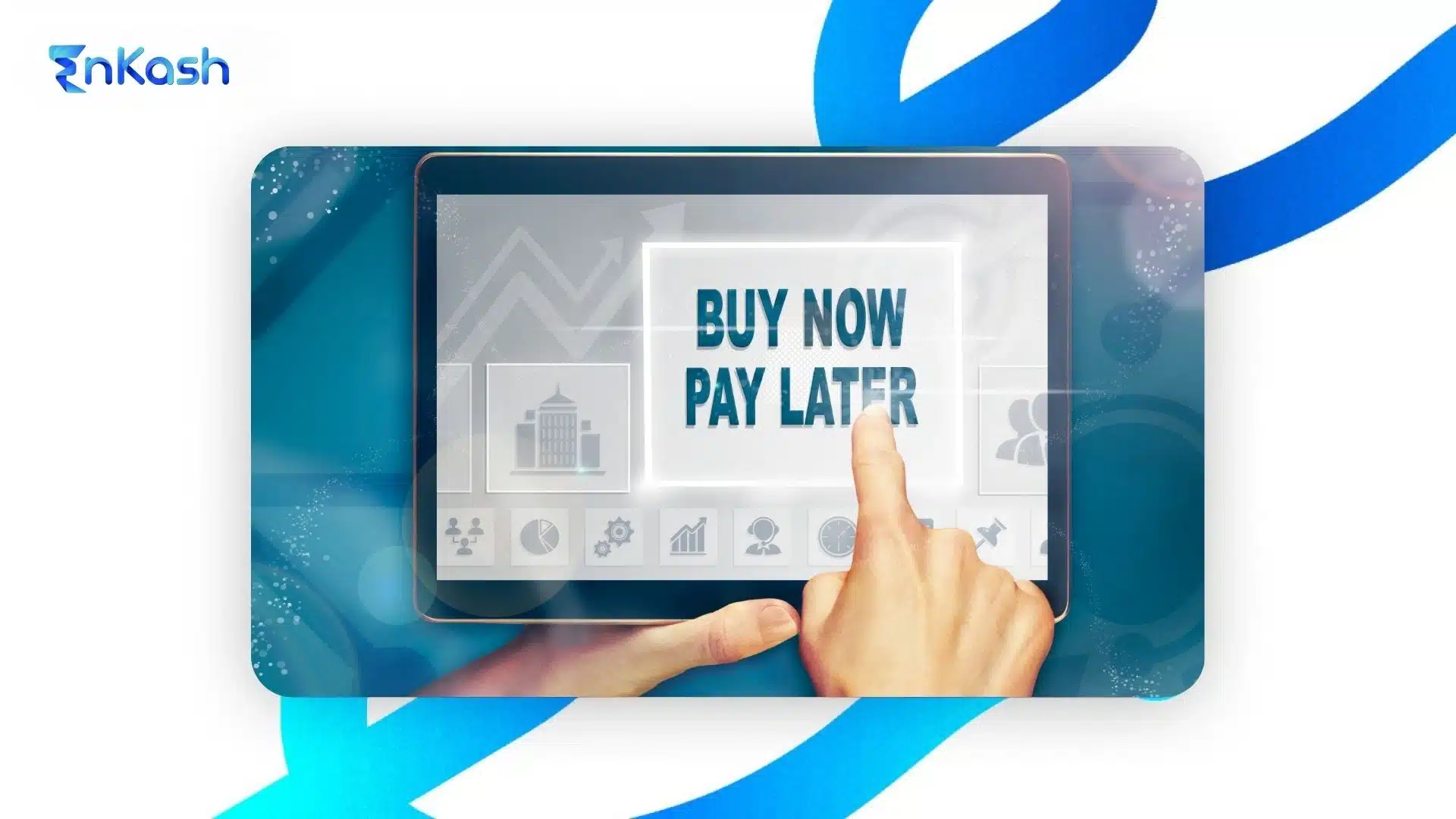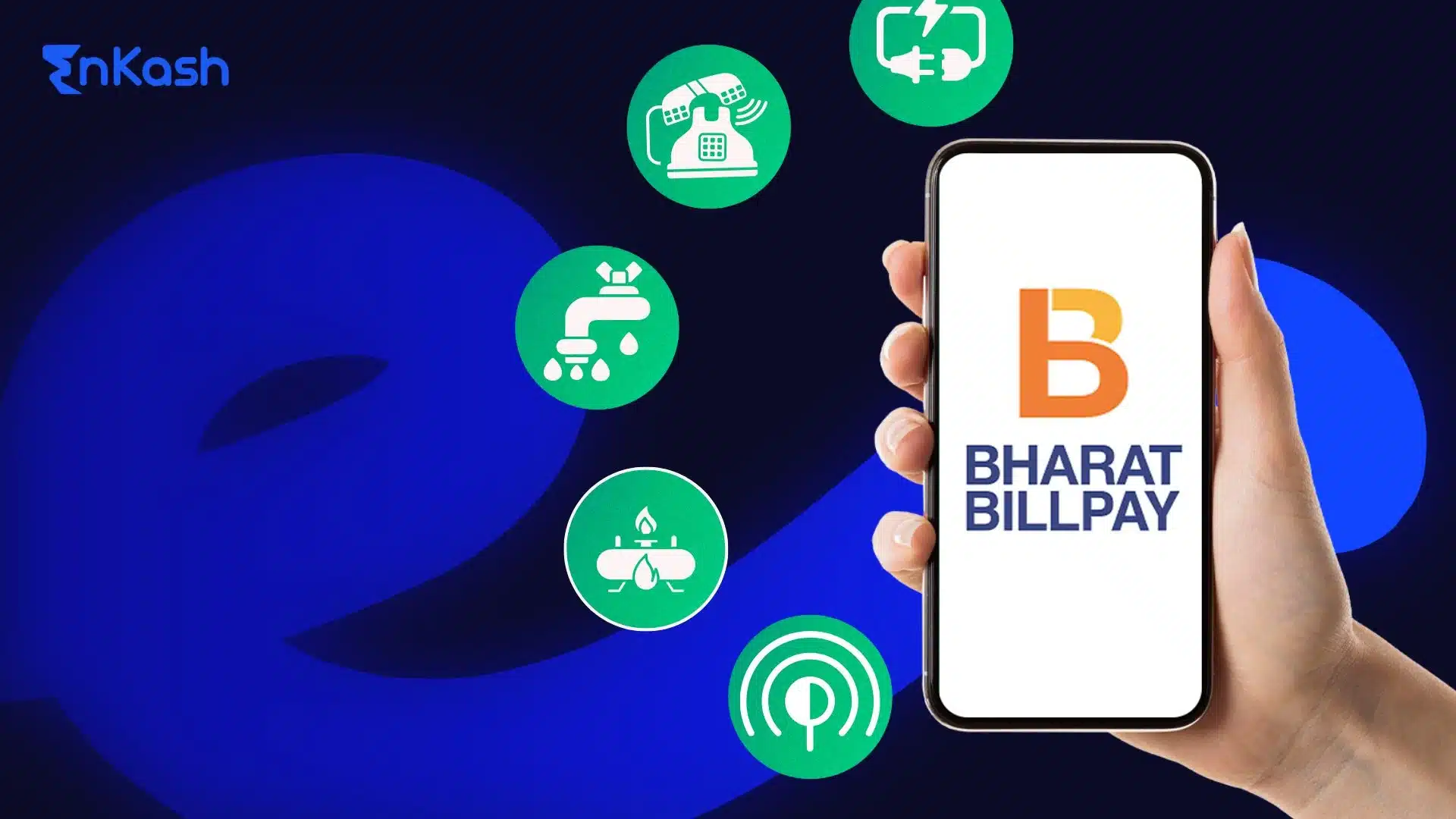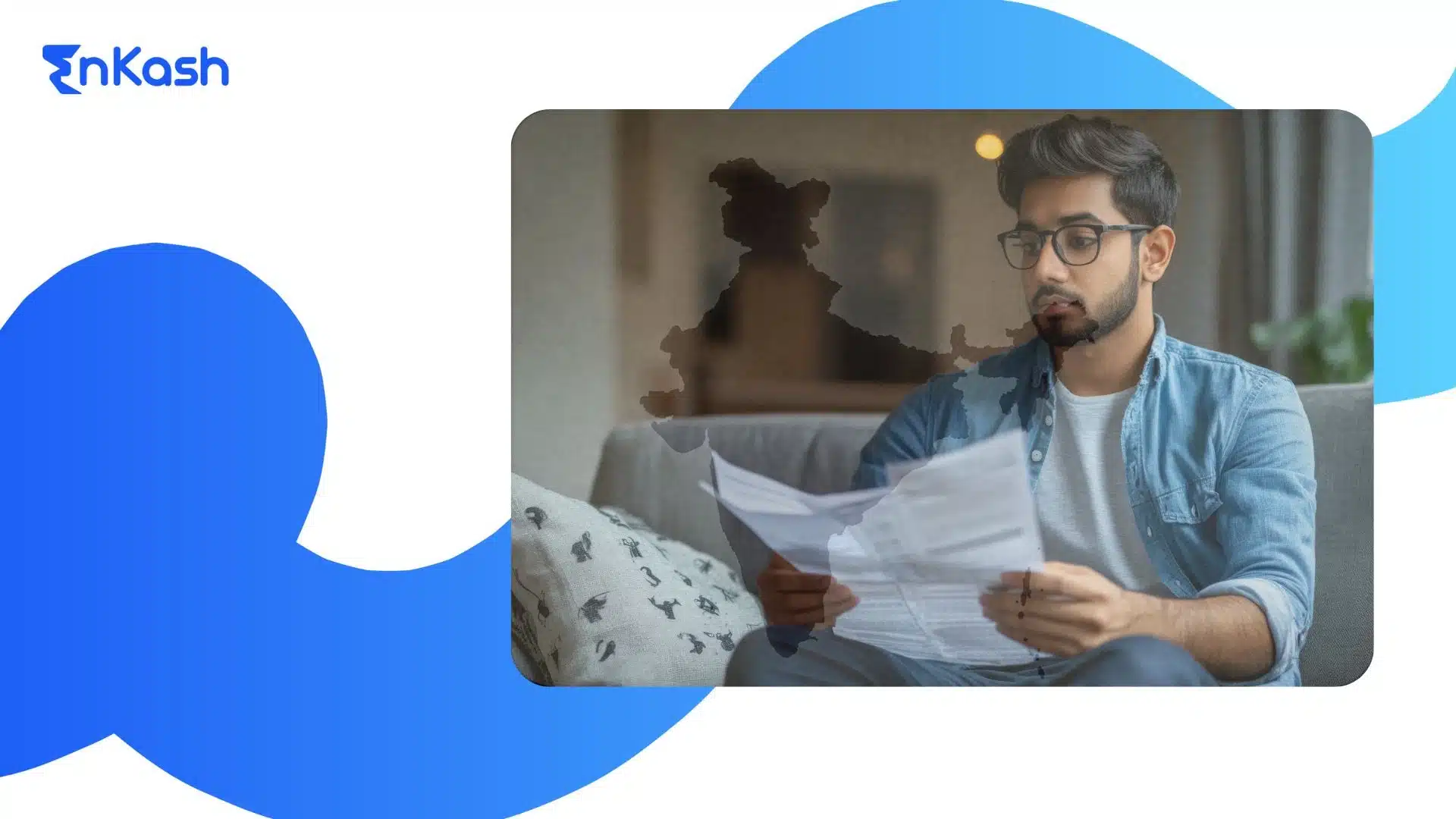Shopping habits in India are changing quickly. People want faster checkouts, flexible payments, and the ability to manage their monthly budgets with ease. This is where buy now, pay later has found its place. It offers customers a way to purchase today and pay in small instalments tomorrow, without going through the long process of traditional loans.
At its core, the idea is simple. Instead of paying the entire amount at once, a buyer can split the payment into parts, sometimes as interest-free EMI services. For many young Indians, this option is their first taste of formal credit. It feels straightforward, built into apps and checkout pages they already use every day.
The appeal lies in convenience. Shoppers do not need credit cards to enjoy flexible payments, and merchants benefit from increased sales because customers are less hesitant to spend. Regulators, including the Reserve Bank of India, are also shaping rules around this model to ensure safe usage.
This blog will explain what BNPL is, how it works in India, its advantages for consumers and merchants, and the guidelines that govern it. By the end, you will understand why the advantages of buy now pay later make it a growing part of the digital economy, but also why careful and responsible use is important.
BNPL Meaning: The Basics Explained
To understand the idea better, let us start with the question many people ask: What is BNPL? The term stands for buy now, pay later. It refers to a short-term credit arrangement that allows a customer to take home a product or use a service immediately and pay for it in scheduled instalments.
In the Indian context, the meaning goes beyond simple deferred payments. It is backed by banks or non-banking finance companies, making it a formal credit product. This makes it very different from older wallet-based systems that only held prepaid balances.
The most important feature is the way it fits directly into the shopping experience. When you are at checkout, either online or at a store, you may see a BNPL option displayed. Selecting it triggers a quick digital approval process. Once accepted, the purchase is completed on the spot, and you repay the amount in instalments, sometimes with interest-free EMI services if the merchant covers the cost.
BNPL has become popular because:
- It gives first-time borrowers access to credit without requiring a credit card.
- Payments are broken down into smaller parts, reducing immediate pressure on the pocket.
- The process feels seamless since it is integrated into apps and payment gateways already in use.
BNPL combines simplicity with flexibility. It has opened the door for millions of Indian shoppers to access credit for everyday needs, from ordering food to buying electronics.
BNPL Functionality: How the Model Works
Understanding how buy now pay later works is important, because it is not just about delayed payments. There is a structured process behind it, involving the customer, the merchant, and the lending partner.
When you select a BNPL option during checkout, here is what happens:
Instant Choice at Checkout
- The customer sees “Pay Later” or “Pay in Instalments” alongside standard payment methods.
- Selecting this option triggers a quick digital verification.
KYC and Credit Assessment
- The bank or non-banking finance company (NBFC) behind the service conducts a fast identity and credit check.
- This check may be based on your transaction history, bureau data, or in some cases just a basic KYC record if you are new to credit.
Loan Disbursal to the Merchant
- Once approved, the regulated lender disburses the full purchase amount to the merchant.
- From the merchant’s side, the sale is complete and settled.
Repayment by the Customer
- The customer pays back the lender in scheduled instalments, which may be weekly or monthly.
- In many cases, merchants offer interest-free EMI services, covering the cost so the buyer only repays the principal.
In other cases, there may be small charges, but these are disclosed clearly in the Key Fact Statement as required by the Reserve Bank of India.
The BNPL Credit Model in India
There are a few variations in the BNPL credit model:
- Merchant-Funded No-Cost EMI: Here, the merchant absorbs the cost of interest to encourage sales. The buyer pays only the product price spread over instalments.
- Lender-Funded Instalments: The bank or NBFC charges interest or processing fees, making this closer to a short-term loan but with the same seamless checkout experience.
- UPI-Linked Credit Line: This is the newest model, where banks approve a credit line that can be linked to UPI apps. Customers can pay through QR codes or UPI IDs, and the amount is drawn from the sanctioned credit line.
How It Differs from Regular EMI Services
Traditional EMI options usually require a credit card or a long process with the bank. BNPL makes this step lighter. With interest-free EMI services, the application and approval happen within seconds during checkout, and the loan documents are sent digitally.
Everyday Examples of BNPL in Action
- Ordering groceries on an app and paying later in three instalments.
- Splitting the cost of a new smartphone into six small payments.
- Using a UPI-linked BNPL credit line at a retail store by simply scanning a QR code.
The BNPL functionality is designed to keep payments smooth for both shoppers and merchants. For consumers, it feels effortless; for businesses, it secures sales and ensures instant settlement. This dual benefit is why BNPL has become a core feature in India’s growing digital payments ecosystem.
BNPL Benefits for Consumers
The appeal of buy now pay later lies in the convenience it offers. For shoppers, it feels less like taking a loan and more like a payment choice. The main advantages of buy now pay later for consumers are clear and practical.
1. Flexible Payments Without Burden
Instead of paying the full price upfront, the amount is broken into smaller instalments. This makes high-value items such as electronics or furniture easier to afford. Even day-to-day purchases like clothing or groceries can be spread across payments, helping people manage their monthly budgets more smoothly.
2. Access to Credit Without a Credit Card
Many Indians, especially younger adults, do not have credit cards. BNPL benefits them by providing access to short-term credit in a simple way. A quick KYC process is enough to get started, and repayments are tracked digitally. This is often the first step for new borrowers entering the formal credit system.
3. Interest-Free EMI Services
Some merchants cover the cost of interest to encourage purchases. This means the buyer pays in instalments without extra charges. It feels the same as paying with cash in parts, but the product is available immediately.
4. Transparent Disclosures
Under RBI guidelines on BNPL, lenders must provide a Key Fact Statement that explains the annual percentage rate, charges, and repayment schedule in plain terms. This protects customers from hidden costs and makes the process more trustworthy.
5. Building a Credit Profile
Since repayments are now reported to credit bureaus, customers who use BNPL responsibly can build or improve their credit history. This makes it easier to qualify for other financial products in the future, such as larger loans or credit cards.
BNPL for Merchants: Why Businesses Are Adopting It
The growth of buy now pay later is not driven by consumers alone. Merchants see clear value in offering this payment choice at checkout. The model aligns with their goal of improving sales while reducing friction for customers.
Higher Conversion and Bigger Orders
When customers are given the option to split their payments, they are more likely to complete the purchase. Cart abandonment drops because affordability improves. Shoppers who may hesitate to buy a large appliance or premium gadget often go ahead once they see a BNPL option. This leads to higher conversion rates and larger basket sizes.
Faster Settlement and Lower Risk
From a merchant’s perspective, the risk of delayed payments is removed. The regulated lender pays the full amount to the merchant upfront. Customers then repay the bank or NBFC in instalments. For businesses, this means cash flow is not affected, even when customers choose to pay later.
Competitive Advantage in Retail
With so many choices available, shoppers lean toward stores and platforms that provide flexible payment solutions. Offering BNPL has become a way for merchants to stand out and build loyalty. It signals that the business is customer-friendly and willing to adapt to changing preferences.
Seamless Integration with Digital Payments
As UPI-linked BNPL models expand, small shops and offline merchants will also be able to provide credit-linked payments through QR codes. This creates opportunities for local retailers to compete with larger e-commerce platforms.
BNPL for merchants is a tool that drives sales, improves cash flow, and strengthens relationships with customers. It is not just a payment option but a business strategy that connects directly to growth.
BNPL vs Credit Card: Side-by-Side Analysis
Many people compare buy now pay later with credit cards, since both allow spending now and paying later. Yet the two are different in design and usage. Understanding these differences helps customers choose wisely.
Accessibility
Credit cards require a formal application, income proof, and a strong credit history. For many young people or those new to the banking system, this is a hurdle. BNPL options are far easier to access. A quick KYC check is often enough to get approved, making it more inclusive for first-time borrowers.
Cost of Credit
Credit cards allow users to carry forward balances, but the interest charged is very high once the due date is crossed. In contrast, BNPL benefits consumers through structured instalments. Many purchases are offered with interest-free EMI services, especially when the merchant bears the cost. Even when charges apply, they are disclosed upfront through the Key Fact Statement.
Acceptance
Credit cards enjoy wide acceptance, both online and offline, across India and abroad. BNPL functionality is still limited to participating merchants and payment apps, though UPI-linked credit lines are expanding its reach quickly.
Impact on Credit Profile
Both BNPL and credit cards are now reported to credit bureaus under RBI guidelines on BNPL and digital lending. Responsible repayment on either product helps build a stronger credit history, while defaults can damage it.
Which to Choose?
- Use BNPL for smaller, frequent purchases where instalments bring comfort.
- Use credit cards for larger spends, international use, or when reward points and offers matter.
BNPL vs credit card is not about choosing one over the other. They serve different purposes, and together they give consumers flexibility in managing their money.
RBI Guidelines on BNPL: The Regulatory Framework
The rapid rise of buy now pay later in India has pushed the Reserve Bank of India to step in with rules. Without oversight, customers could face hidden charges, fraud risks, or misuse of data. Today, RBI guidelines on BNPL form the backbone of how the industry operates.
Lending Must Come from Regulated Entities
Only banks and non-banking finance companies are allowed to lend under the BNPL credit model. Fintechs and apps can act as service providers, but they cannot lend directly. This ensures that the credit extended to consumers is backed by institutions that are supervised by the RBI.
Mandatory Key Fact Statement
Every BNPL loan must come with a Key Fact Statement. This document spells out the annual percentage rate, repayment terms, and all charges. It is given before the customer agrees to the loan, making the process transparent.
Restrictions on Wallet Loading
In 2022, RBI stopped fintechs from loading prepaid wallets or cards using credit lines. Many BNPL cards had to be redesigned after this. The move closed a gap that could allow unregulated credit flows.
Default Loss Guarantee Rules
Under the new framework, fintech partners are allowed to provide a guarantee to banks against customer defaults. However, this guarantee is capped at 5 percent of the loan pool. The cap keeps risks under control and prevents reckless lending.
Penal Charges Instead of Penal Interest
Earlier, many lenders charged high penal interest on missed payments. RBI has replaced this with “penal charges,” which are fixed and clearly disclosed. This prevents small delays from turning into large debts.
Credit Bureau Reporting
All BNPL loans must now be reported to every credit bureau. This helps in building complete profiles of borrowers and prevents over-borrowing across multiple apps.
Transparency for Aggregators
Loan marketplaces and aggregator platforms must display comparable information such as interest rates, lenders involved, and links to Key Fact Statements. This removes hidden practices and gives borrowers clarity before making a choice.
These rules show that BNPL is not a free space anymore. By bringing the model under strict digital lending norms, the RBI has made buy now pay later safer for consumers while ensuring lenders remain accountable.
Closing Thoughts
The rise of buy now pay later has changed how Indians think about shopping and payments. What once required full upfront cash or a credit card can now be managed in smaller, planned instalments. For many, this marks their first step into the world of formal credit, supported by banks and regulated under RBI guidelines on BNPL.
The advantages of buy now, pay later are clear. It makes purchases affordable, helps consumers manage their budgets, and gives merchants higher sales with faster settlements. The BNPL credit model also blends easily with India’s digital payment culture, especially as UPI-linked credit lines become more common.
At the same time, it is important to recognize that BNPL is still credit. Using it without planning can lead to missed payments and damaged credit scores. With proper use, though, it can build trust and open access to more financial products in the future.
BNPL has moved beyond being a trend. It is now part of India’s payment ecosystem, balancing flexibility for customers with strict safeguards for lenders. The future will depend on how responsibly both consumers and businesses use it.
FAQs
1. Can BNPL improve my credit score in India?
Yes, if repayments are made on time, BNPL can help build a positive credit history because lenders now report these loans to all credit bureaus. Responsible usage improves your credit score, which increases the chances of getting bigger loans or credit cards in the future.
2. What happens if I miss a BNPL instalment?
Missing a payment leads to penal charges, as interest penalties are no longer allowed under RBI rules. Your delay is also reported to credit bureaus, which can hurt your credit score. Consistent defaults may restrict your access to BNPL services later.
3. Is BNPL available only for online shopping?
No. BNPL started with online platforms but has now extended to offline stores through UPI-linked credit lines and QR code payments. Many local merchants in India are beginning to offer BNPL at checkout, making it available for groceries, fuel, and other daily needs.
4. How safe is it to use BNPL services from fintech apps?
It is safe when the lending partner is a regulated bank or NBFC. RBI requires all BNPL loans to be backed by these institutions. Before using any app, check if the lender’s name is mentioned in the Key Fact Statement and on the app itself.
5. Are there hidden fees in BNPL?
RBI has made it compulsory for lenders to disclose all charges in the Key Fact Statement. This includes processing fees, late charges, and repayment schedules. If a BNPL service does not show this clearly, it is better to avoid it and choose a compliant provider.
6. Can small businesses in India offer BNPL to their customers?
Yes. Merchants can partner with banks, NBFCs, or fintech platforms that provide BNPL solutions. The merchant is paid upfront by the lender, while the customer pays in instalments. This helps small businesses increase sales and attract more customers who prefer flexible payment options.
7. How is BNPL different from a personal loan?
Personal loans are larger, have longer repayment periods, and require detailed documentation. BNPL loans are smaller, approved instantly at checkout, and repaid in short cycles. BNPL is designed for frequent or smaller spends, while personal loans are meant for bigger financial needs.
8. Are there spending limits on BNPL in India?
Yes. The limit depends on the lender’s credit assessment. For new users, the limit is usually low, often a few thousand rupees. With timely repayments, this limit can increase gradually. Limits vary across apps, banks, and merchants, based on risk assessment.
9. Can I return or cancel a product purchased through BNPL?
Yes. Refunds work the same way as other payment methods. If a product is returned, the merchant refunds the money to the lender, which adjusts or cancels your repayment schedule. Any instalments already paid are credited back to your account.
10. What precautions should I take before using BNPL?
Always read the Key Fact Statement carefully, check the repayment dates, and set reminders. Avoid using BNPL for multiple purchases at the same time if you are unsure about repayments. Choose providers linked with regulated banks or NBFCs for maximum safety.








